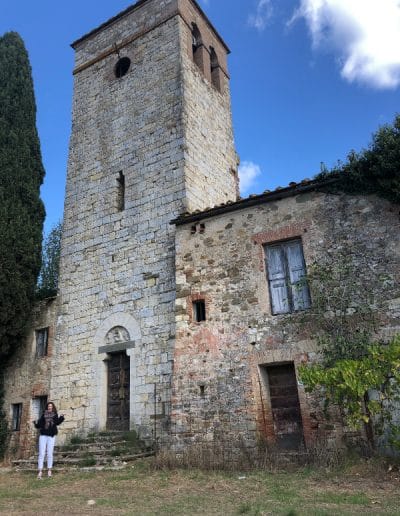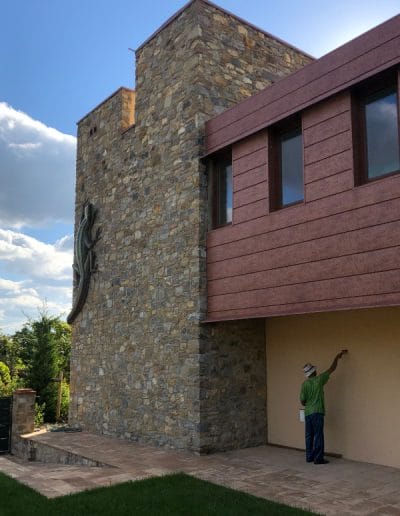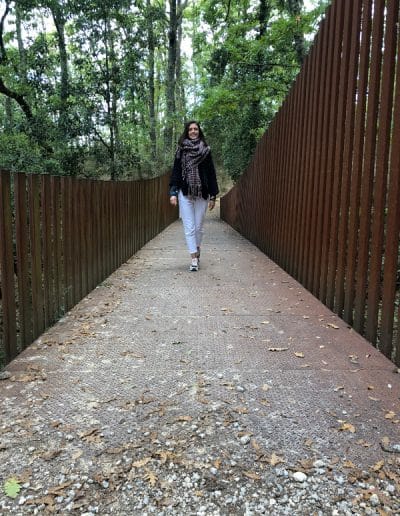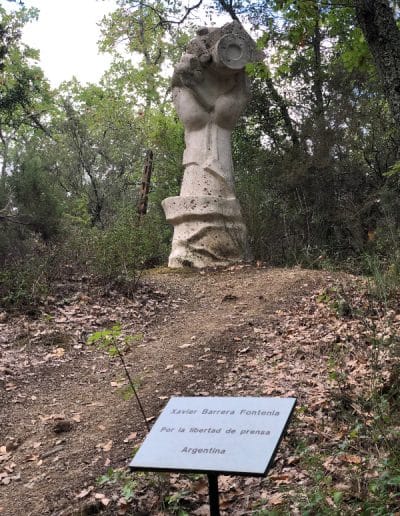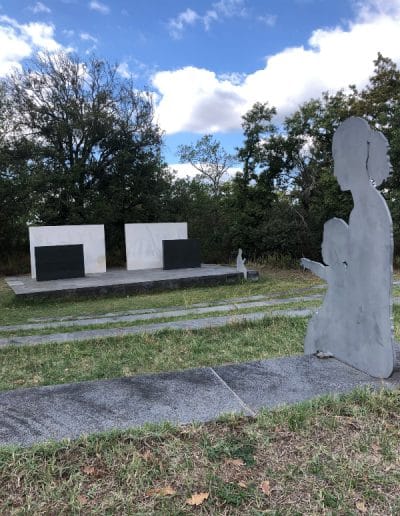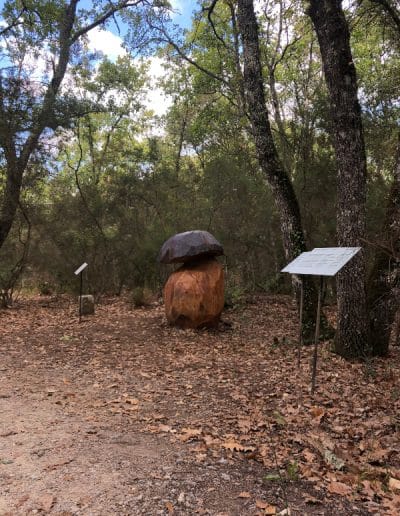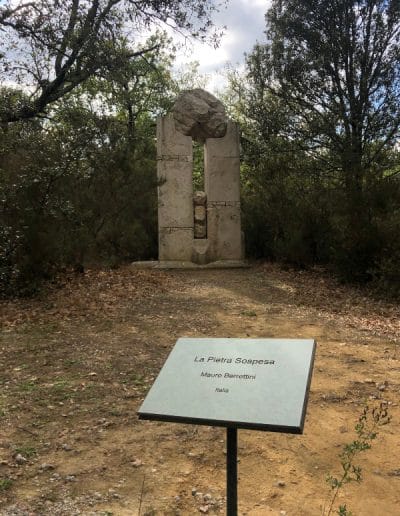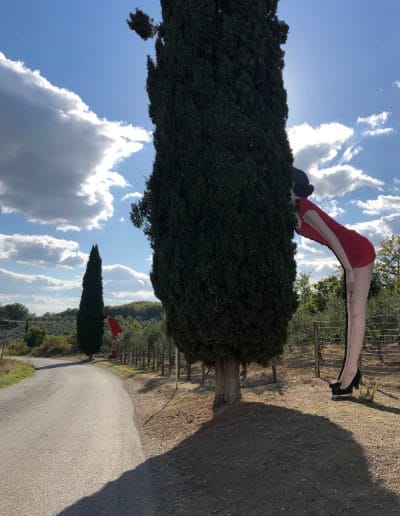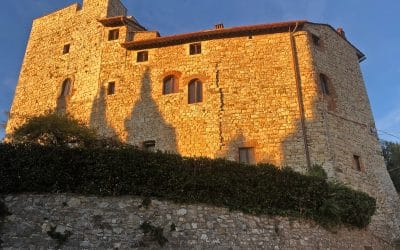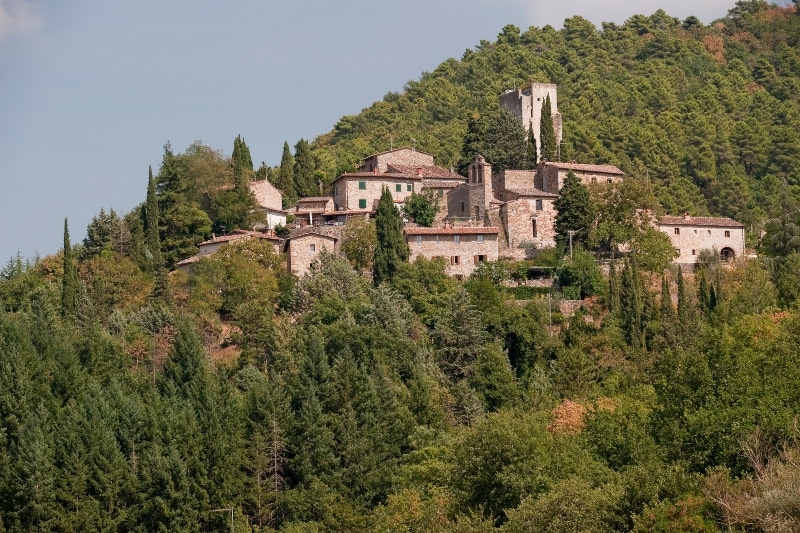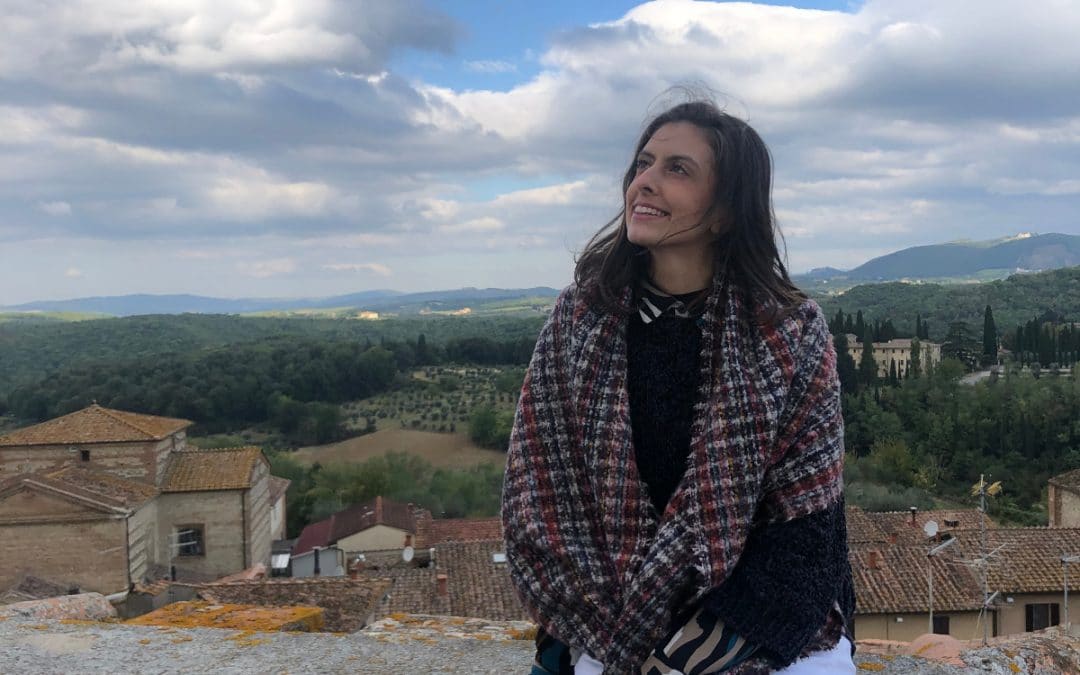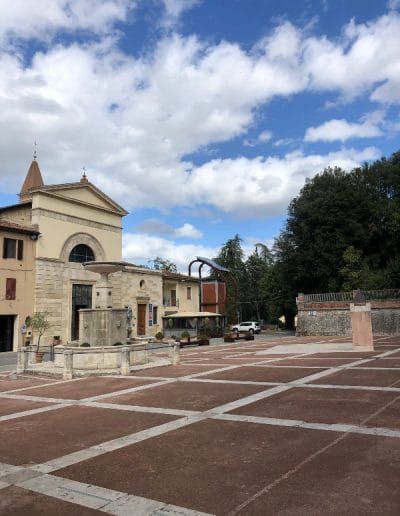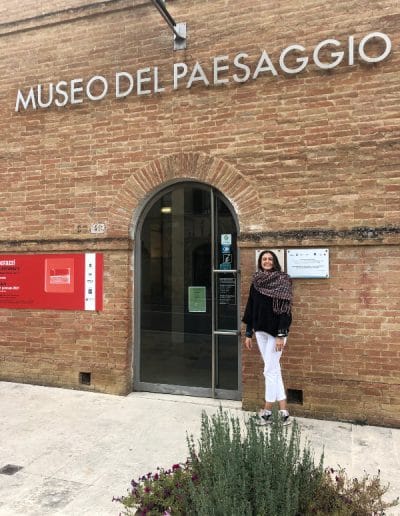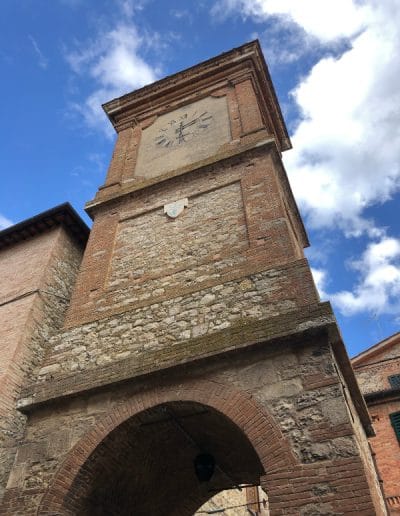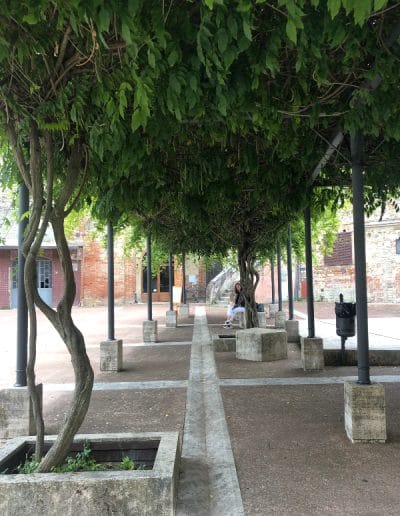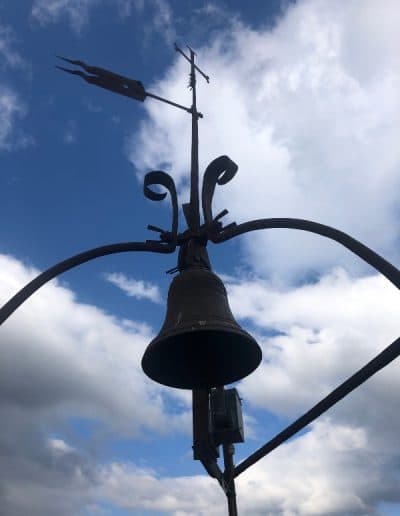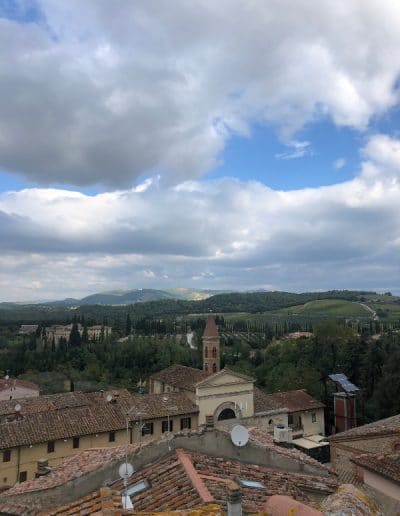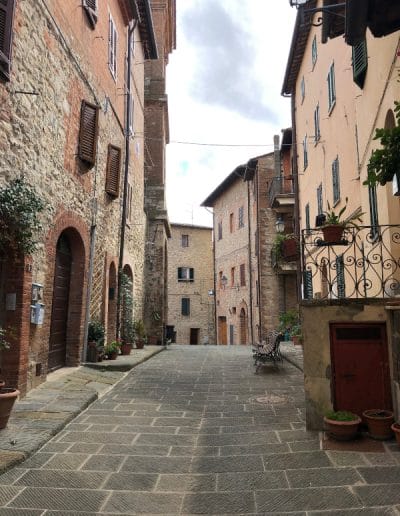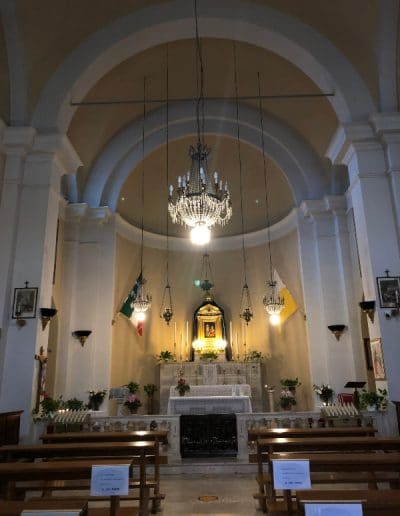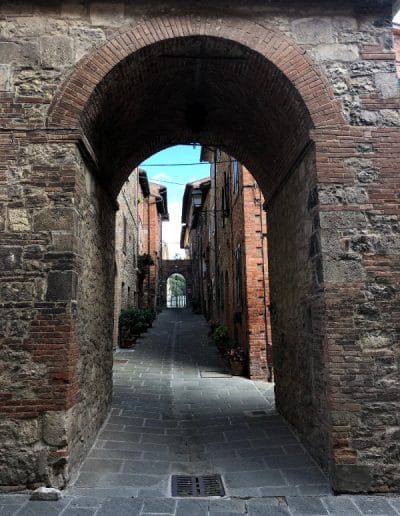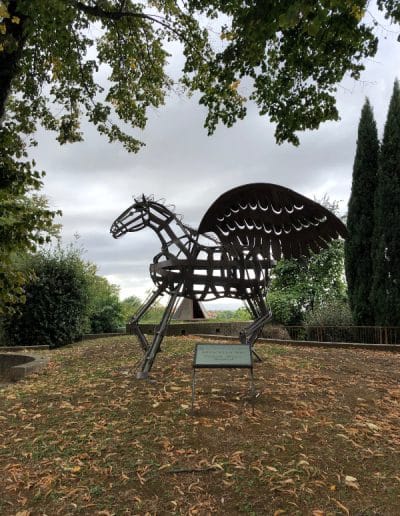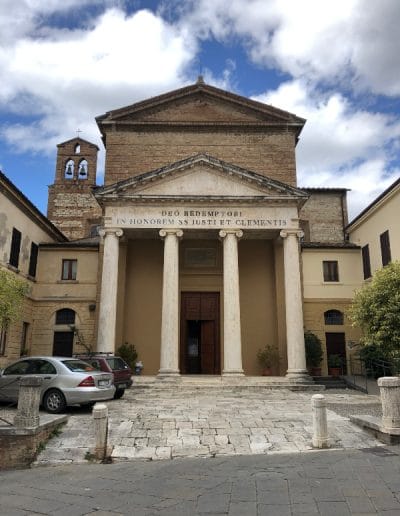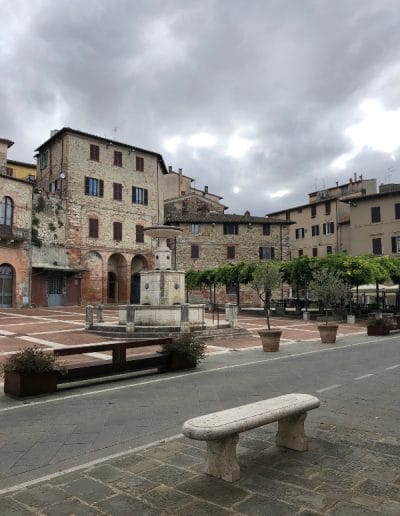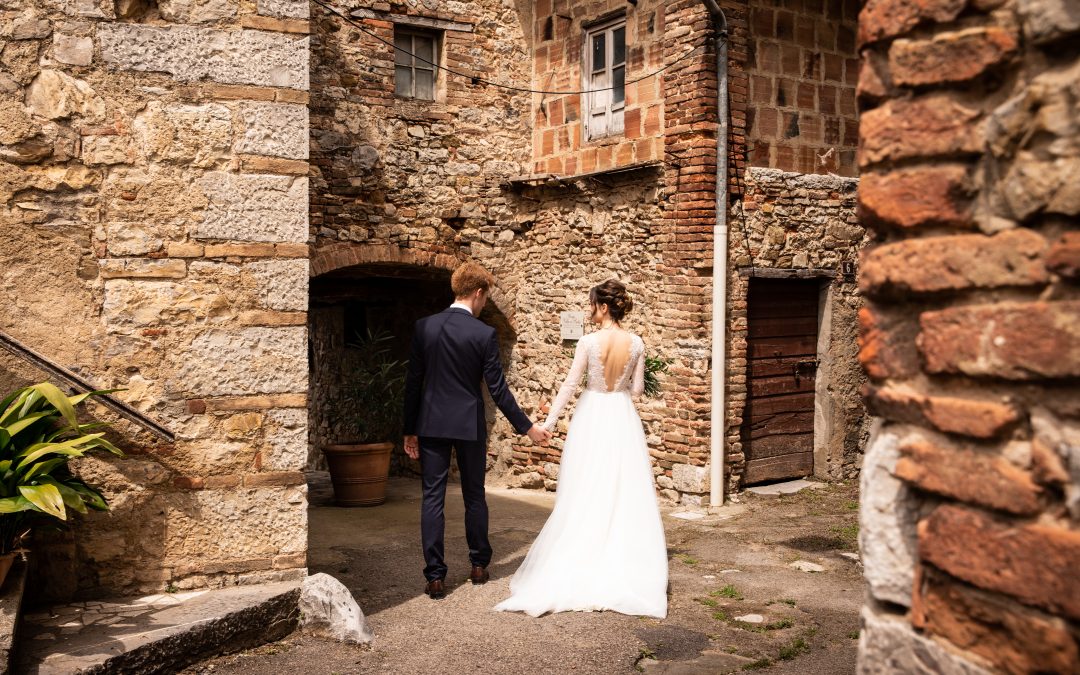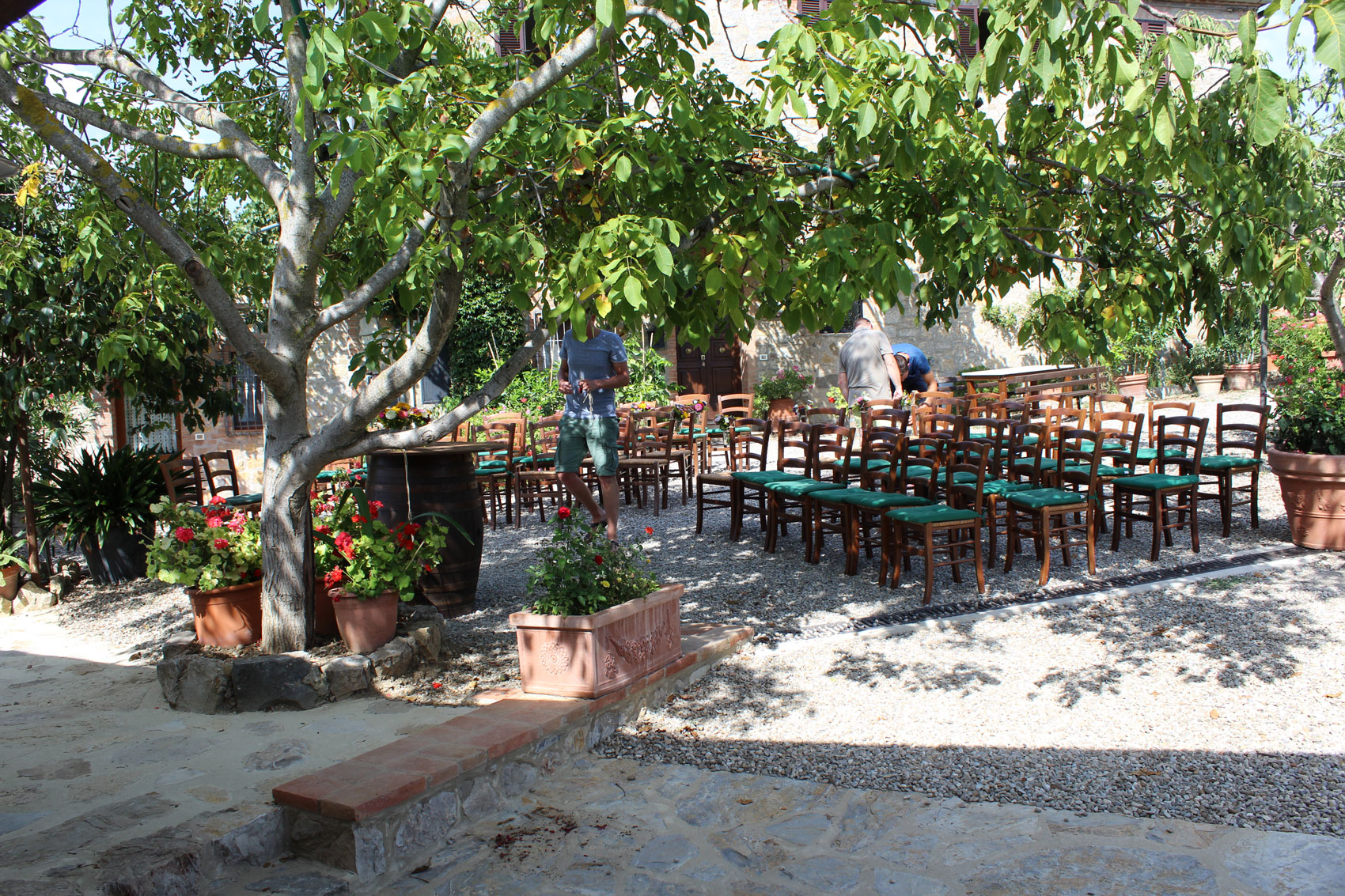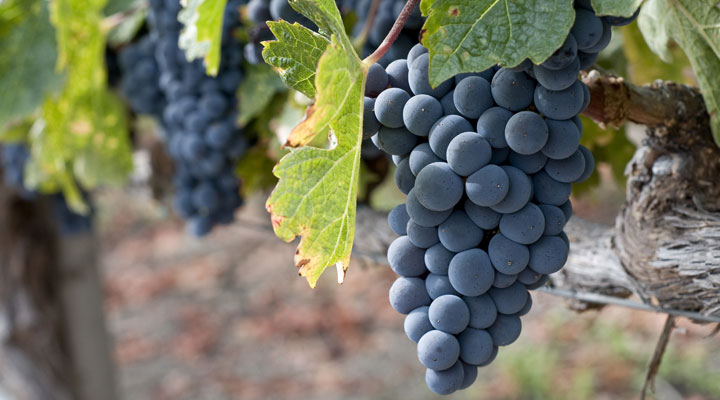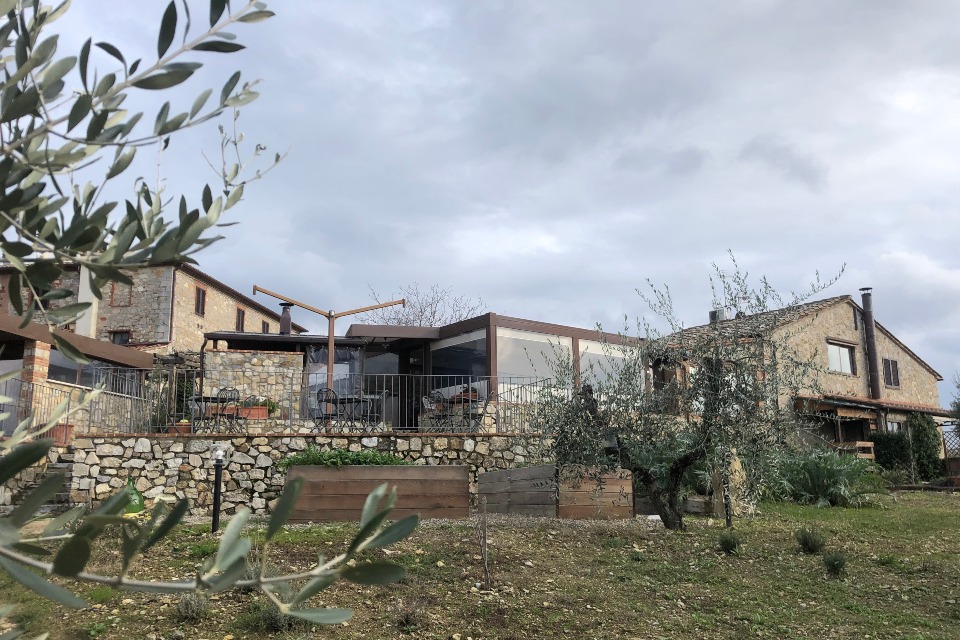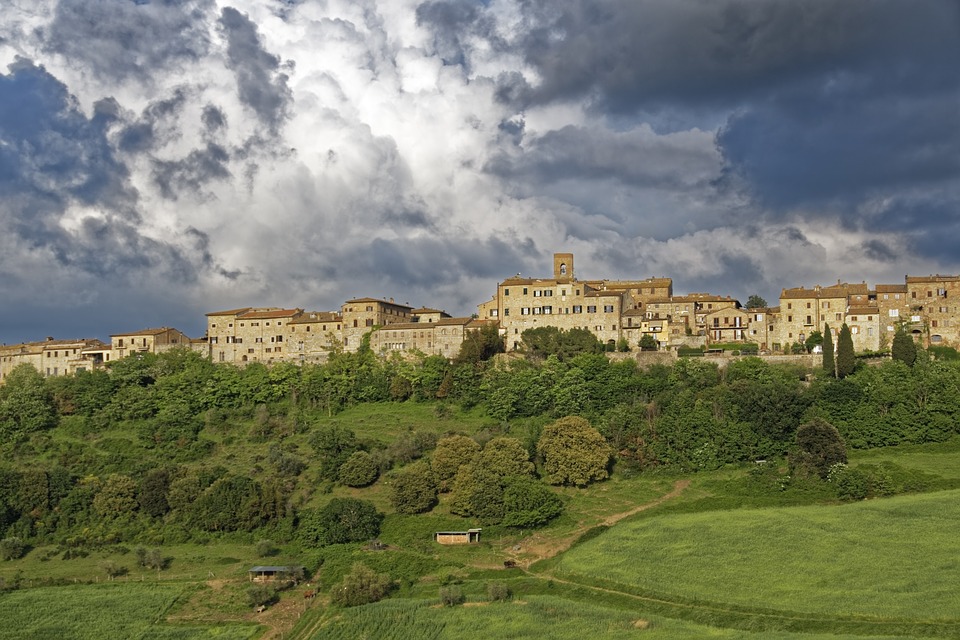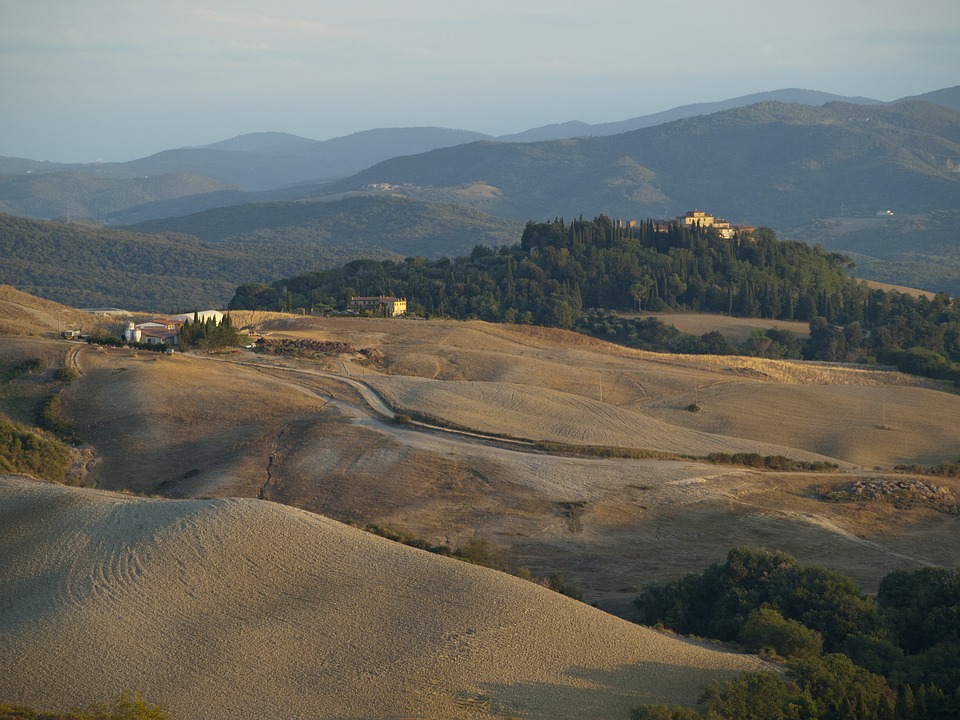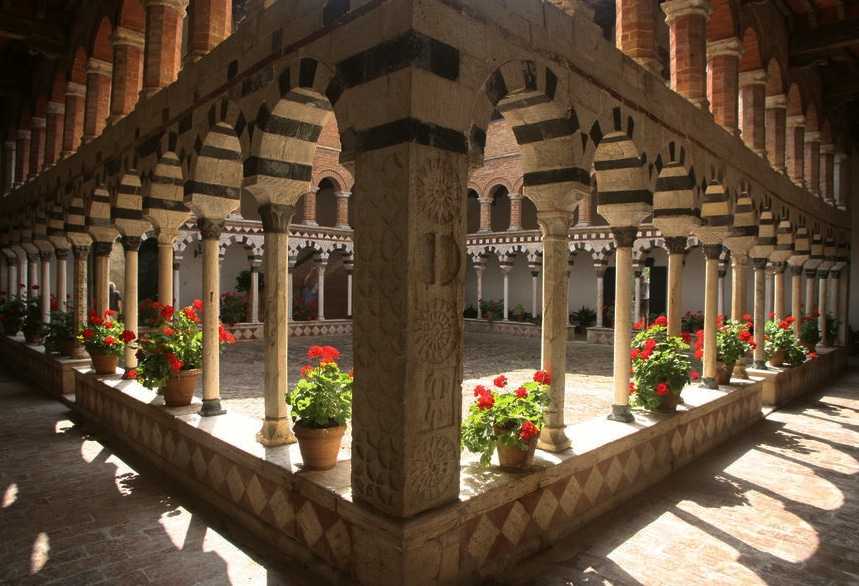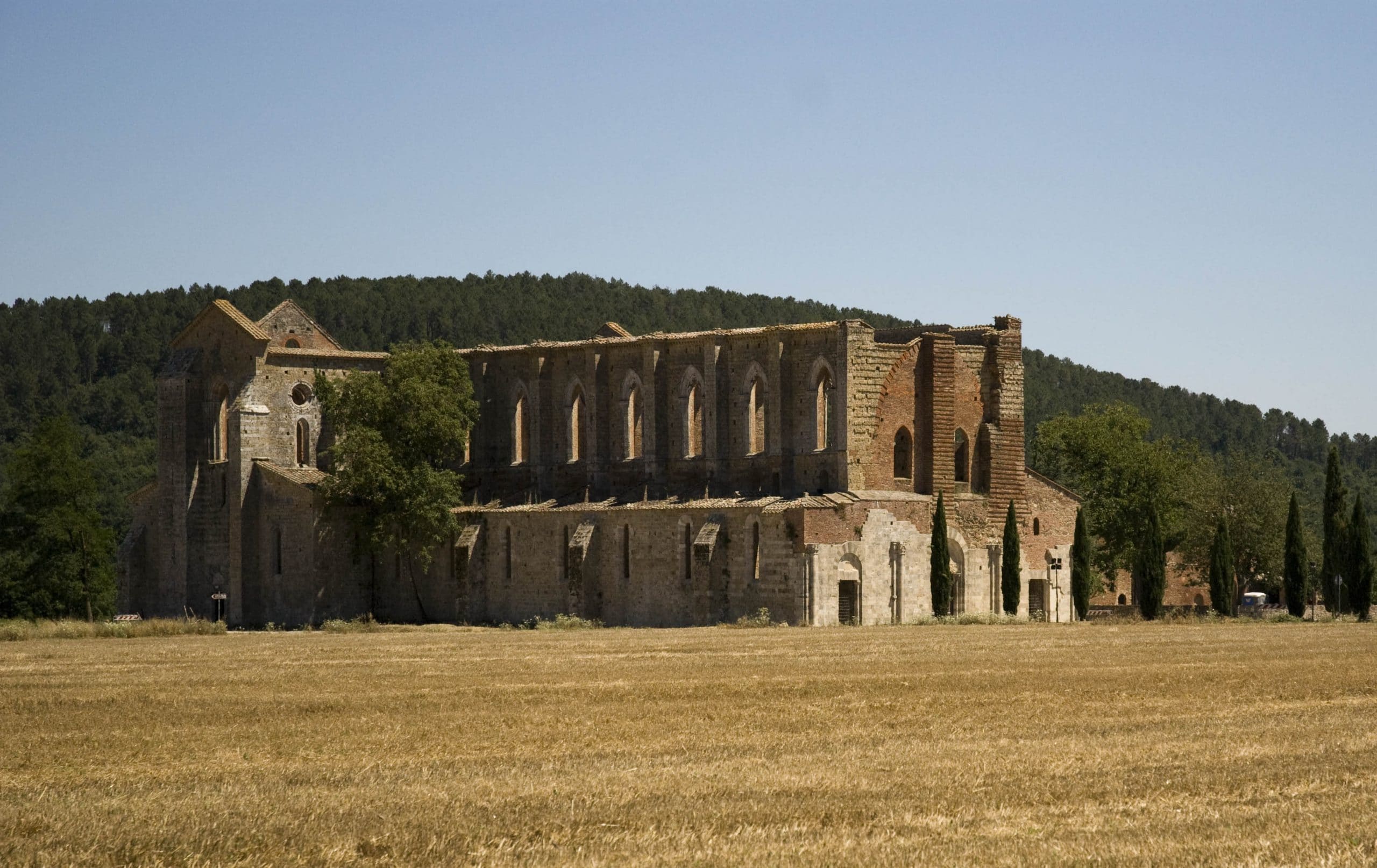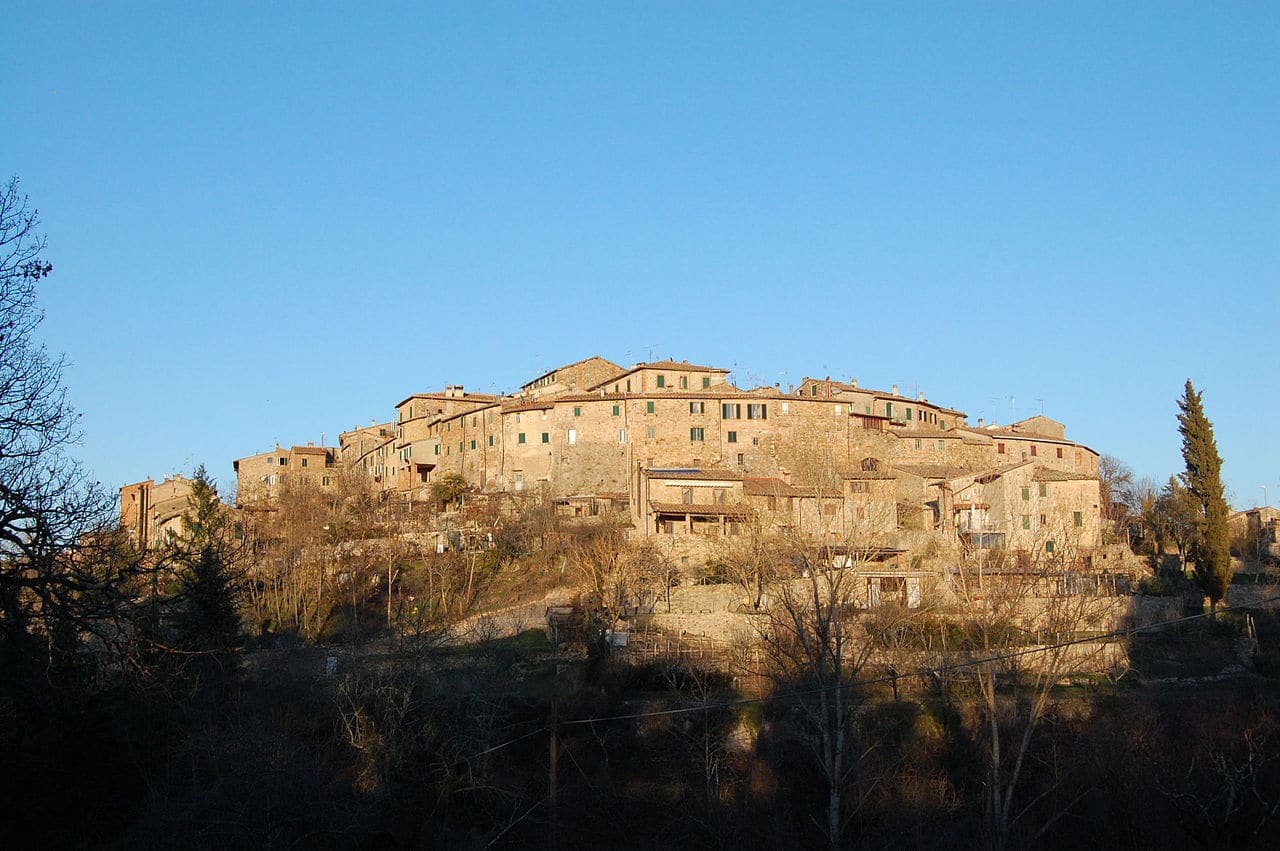Vertine Fortified oasis in the Chianti mountains Vertine is one of the best preserved examples of military architecture in Chianti and more precisely in the municipality of Gaiole. The excellent condition in which it is located today, especially the castle with its...
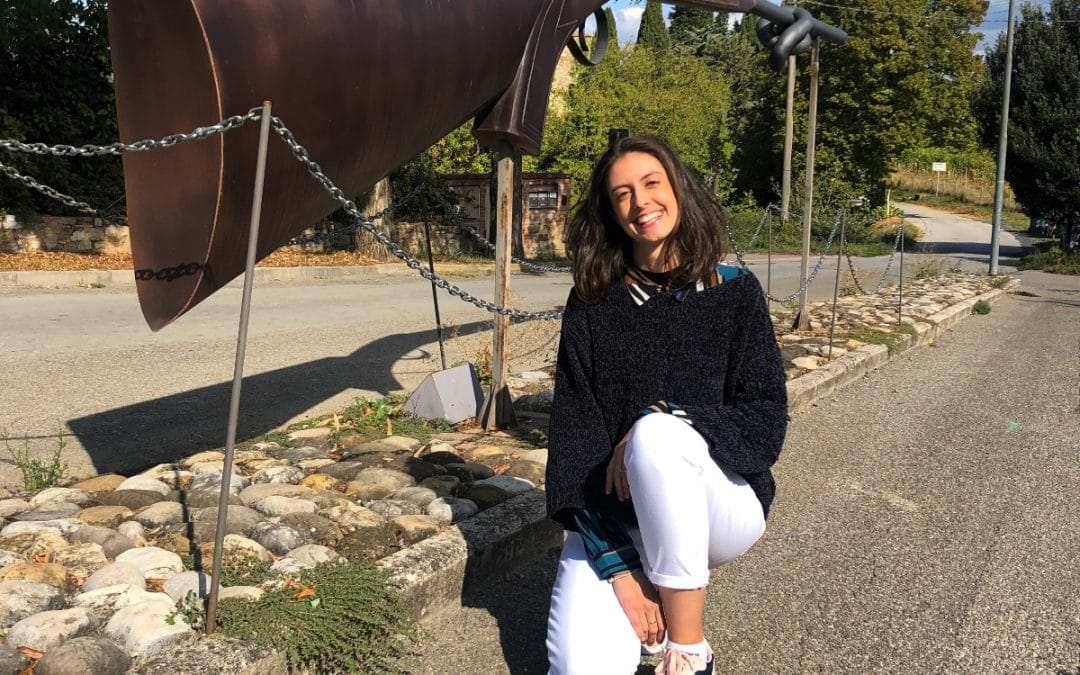
Pievasciata
Pievasciata
A combination of nature and art
Pievasciata is a small village located in the municipality of Castelnuovo Berardenga, in the province of Siena. The village was born with the foundation of the parish church in the 10th century, dedicated to Santa Maria ad Sciatam or Ischiatam, an appellation probably linked to the type of Ischia oak, and is one of the oldest parish churches in the Chianti area.
The name of the parish church was changed several times over the years, from Canonica di Cerreto de Ciampoli to Pieva Sciata, and then changed to Pieve Asciata to arrive, at an imprecise time, at its current name. In 1575, the invocation to St John the Baptist was already there.
Given its position on the border between Siena and Florence, in 1229 Pievasciata found itself involved in a war between the two Republics, which led to the damage of the Pieve and consequently the fortification of the complex.
The church currently has a single-nave structure with an imposing bell tower that was part of the fortified structures of the complex. However, on the outer wall of the left side, three round arches on unadorned quadrangular pillars are visible, indicating that the church must have had several naves in the past.
For several years now, the small Chianti village and its immediate surroundings have been home to a series of sculptures and contemporary art installations that interpret the surrounding nature.
These works are part of a permanent open-air exhibition whose main focus is in the Chianti Sculpture Park and is the result of the private initiative of two art lovers, Mr and Mrs Giadrossi, who in 2002 invited a series of contemporary and international artists to visit the wood, which previously housed a wild boar herd, and to propose a work that would integrate fully with each element of the wood and enhance the surrounding nature.
Inside the park, visitors can admire 26 installations and sculptures along a circuit of about 1 km that puts them in contact with different cultures and styles; just as varied are the materials used, ranging from bronze to iron, from granite to marble, from glass to neon. The use of different materials gives the visitor an overview of the variety and importance of contemporary art in today’s world, while nature, light and the seasons always offer new interpretations to the sculptures, as is typical for environmental art.
There is also an amphitheatre in the park, which offers visitors a wide range of concerts in summer.
3 tips for your visit to Pievasciata
Prepare a snack and enjoy it in the courtyard outside the Pieve
Download the Chianti Park app to combine nature and art with technology
Visit Pievasciata and the Sculpture Park in summer to see its events too
Continue with the discovery of Chianti…
Vertine
Barbischio
Barbischio More than an ancient Florentine defenseThe Castle of Barbischio dominates the village of Gaiole In Chianti. In 1200, together with the nearby Montegrossi, Vertine and Meleto, Barbischio was part of the Florentine defences of this area of Chianti, bordering...
San Gusmé
San Gusmé The classic landscape of Chianti Senese between vineyards, castles and farmsSan Gusmé is a small fortified village a few kilometres from Castelnuovo Berardenga. From the top of its hill dominates the valley below where on the horizon you can easily recognize...

